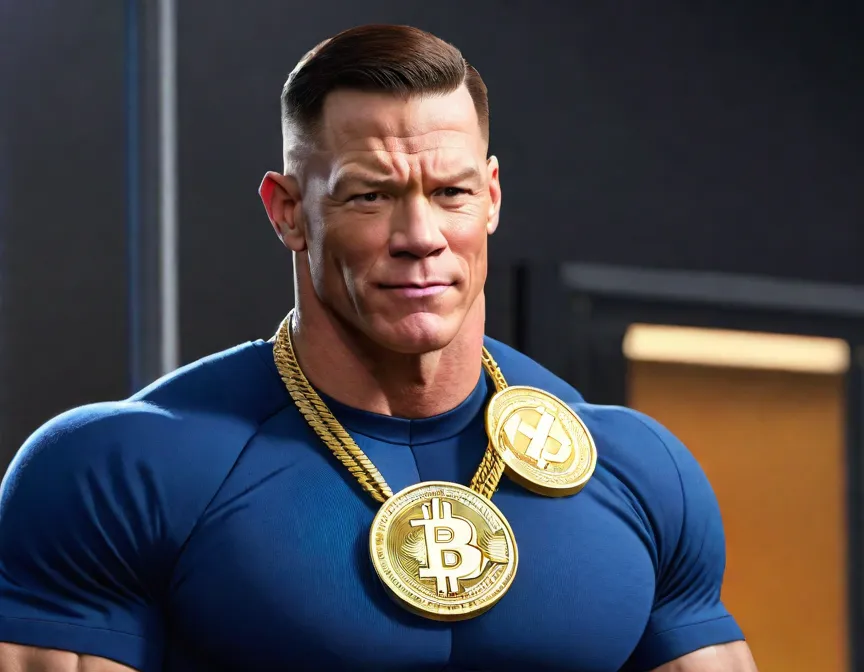Tokenomics: Introduction to Tokenomics
Tokenomics is the design, creation, distribution, and value dynamics of tokens within a blockchain ecosystem.

Introduction to Tokenomics - Understanding Cryptocurrency Money Stuff
Tokenomics means studying how digital money works. It looks at how we make, share, and use tokens on the computer money system. This part will talk a lot about tokenomics, what it's made of, how it works, and why it's important. By learning this, you'll know more about how computer money systems work and why people care about them.
Token Properties and How We Use Them
a) Tokens are computer money. They stand for something valuable in a computer money system. They can do different things, like helping us buy things, use services, or show we own something.
Example: Think of Ethereum's Ether (ETH) token like a special coin. You can use it to buy and play with things on the Ethereum computer money system.
b) We need to know how much computer money there is and where it goes. Some computer money amounts stay the same, some can change, and some get made or lost in special ways.
Example: Bitcoin has a set amount, like having 21 million special coins. Other computer money, like ERC-20 tokens on Ethereum, can change based on what the computer programs say.
c) Computer money needs to be useful. It should help us do things, like use services, vote for decisions, or keep the computer money system safe.
Example: Basic Attention Token (BAT) is used in the Brave browser. It's like a reward for paying attention, and it helps people put ads in the browser.
Token How We Share Them and First-Time Money Sales
a) We get computer money in different ways, like buying it, getting it early, or even just by using the computer system. Each way has its own rules and can change how people feel about the computer money.
Example: Filecoin made computer money through a special sale. People bought Filecoin tokens (FIL) to help the computer system store things. Later, these tokens were used for more computer storage.
b) Sometimes, people sell computer money for regular money. We need to think about how much computer money to give, how much regular money to get, and if the people behind it are honest.
Example: In 2014, Ethereum sold computer money to build their computer system. People who bought got Ether (ETH) based on how much regular money they gave.
Token Value and Computer Money Changes
a) Computer money is worth what people want to pay for it. Things like how rare it is, what it can do, how many people use it, and what people think about it all make the price go up or down.
Example: More people want to use special computer money for finance things. This makes tokens like Aave (AAVE) and Compound (COMP) worth more because they're useful in finance.
b) We also need to think about how easy it is to buy or sell computer money without changing the price a lot. The more people buying and selling, the easier it is.
Example: Computer money like Bitcoin and Ethereum is easy to trade because many people want to buy or sell. It's like having a lot of buyers and sellers in a big market.
c) Different computer money systems use different rules. Things like proving you have a stake, voting, or burning tokens can change how much the computer money is worth and what people do with it.
Example: Maker (MKR) token lets people vote and keep the MakerDAO system stable. They do this by using their MKR tokens.
Token How We Decide and Work Together
a) Some computer money systems let people vote on decisions. It's like everyone has a say in what happens, and this makes things fair.
Example: Tezos (XTZ) lets people vote on how to make the computer system better. It makes the community feel involved and happy.
b) Having a good group is important for computer money systems to work. How people get rewarded, how tokens are given, and how decisions are made can make the group strong.
Example: Compound gives special tokens (COMP) to people who use their computer system. It helps everyone be a part of making the system work well.
The End
That's all about computer money and how it works. Understanding computer money helps us know how it's made, what it can do, and how people use it. By learning this, we can be smarter about computer money systems and maybe even make them better.
This article takes inspiration from a lesson found in 15.S12 at MIT.